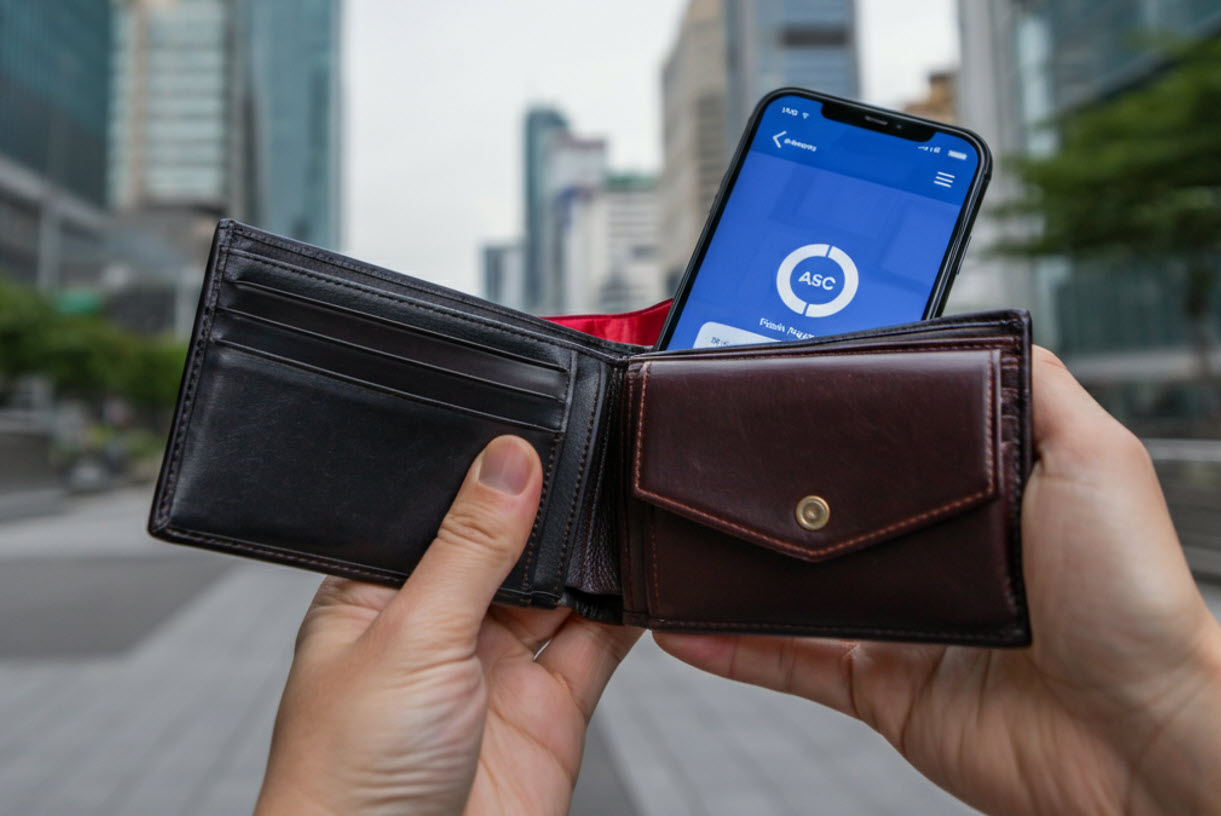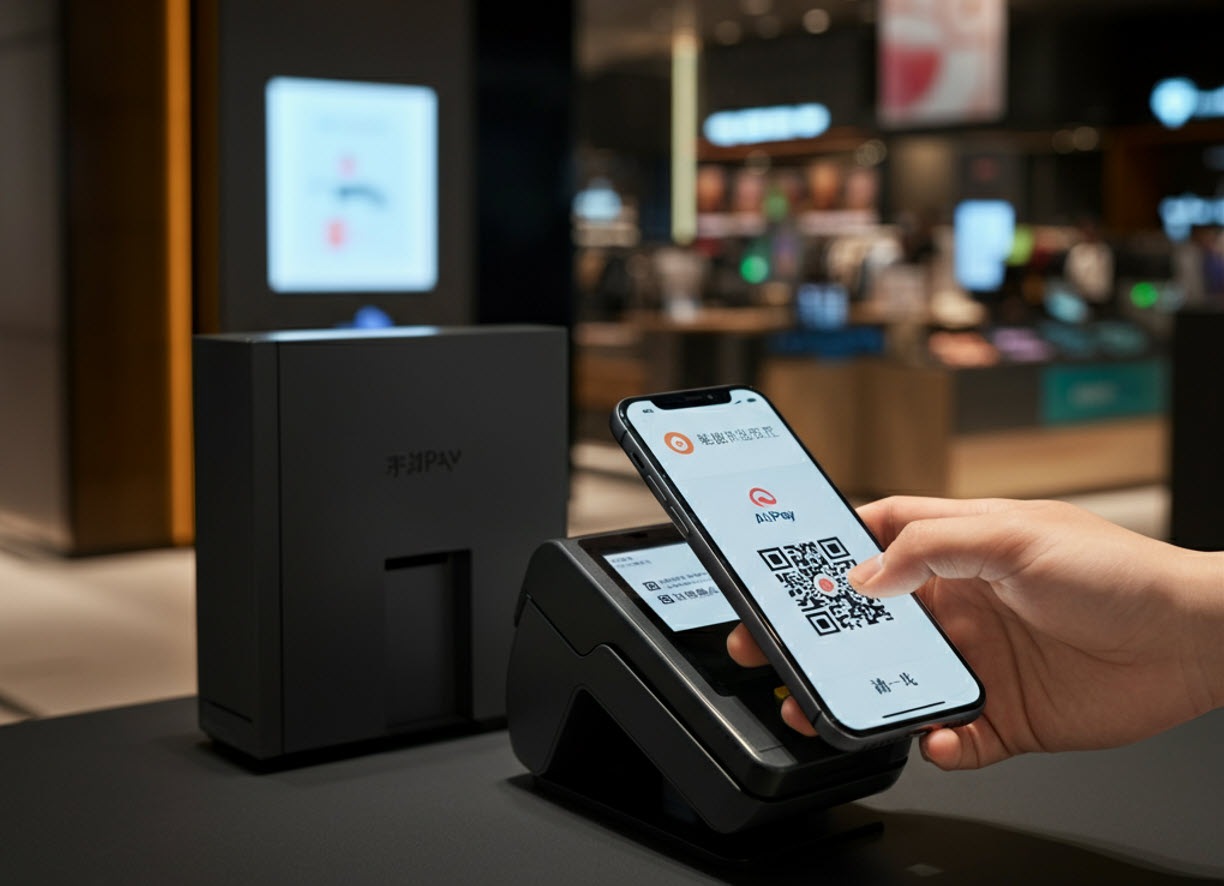The Rise of Digital Wallets in APAC: Redefining Payments and the Future of Cashless Economies
Across the Asia-Pacific (APAC) region, digital wallets such as Alipay and WeChat Pay have fundamentally reshaped the way individuals and businesses handle money. From paying for a morning coffee to securing government subsidies, these mobile payment innovations have positioned APAC as a global leader in the transition toward cashless economies. But what makes this transformation so significant, and what challenges remain in this highly dynamic landscape?
Cashless Economies on the Rise
By 2024, an estimated 4.8 billion people worldwide were using digital wallets, with APAC regions accounting for more than 60% of this user base. Research indicates this growth is driven by rapid smartphone adoption, the proliferation of mobile internet, and financial inclusion initiatives. Nations like China, India, Indonesia, and the Philippines lead the charge, boasting billions of transactions annually through platforms like Alipay, WeChat Pay, and Paytm.
Take China, for instance, where over 92% of respondents report preferring Alipay and 85% favor WeChat Pay over cash or traditional banking options. For many, cash has essentially become obsolete. Similarly, mobile-first financial solutions in emerging economies, such as Indonesia and Vietnam, have opened doors for businesses and consumers who were previously excluded from mainstream financial services.
QR Code Payments: A Game Changer?
For many APAC digital wallets, QR code payments remain a standout feature. These scannable codes offer a fast, low-cost way for consumers and businesses to transact without needing specialized payment terminals. Whether you’re shopping at a luxury mall in Hong Kong or grabbing street food in Jakarta, QR codes remove much of the friction associated with traditional banking.
But the technology delivers more than just convenience. For governments, QR codes connected to digital identity systems such as India’s Aadhaar-linked UPI wallets have been pivotal in distributing subsidies directly to citizens. This type of integration underscores a larger trend of multifunctional “super wallets” that combine payments, digital identity, and access to essential services in one app.
Benefits of Digital Wallets in APAC
The advantages of digital wallets extend far beyond convenience. Their ability to bring financial inclusion to underserved populations is perhaps their greatest promise. Thirty-eight percent of APAC customers remain unbanked or underserved, but digital wallets bridge this gap with features like peer-to-peer money transfers and links to government-backed accounts.
Additionally, super apps like WeChat Pay and Alipay democratize access to financial services, offering investment products, microloans, and even insurance. These tools empower users to make smarter financial decisions, all while staying within the ecosystem of their favorite apps.
Countries like Singapore and Malaysia have expanded this ecosystem further by integrating their digital wallets with national identity frameworks. For example, Singapore’s Singpass Pay allows secure identification for both e-governance and financial transactions, creating what experts call a “digital single source of truth.”
The Challenges of Going Cashless
Despite its meteoric rise, the cashless transition isn’t without hurdles. One primary issue is cybersecurity. Centralized ecosystems like Alipay and WeChat Pay handle staggering volumes of sensitive information, making them a prime target for cyberattacks. Implementing robust encryption and biometric authentication remains paramount, yet smaller fintech firms often struggle to meet these standards.
Regulatory complexities also pose significant barriers, especially in diverse markets like APAC. Each country’s compliance requirements, from China’s strict data localization laws to India’s evolving digital privacy regulations, create a fragmented payment ecosystem. These disparities make cross-border transactions more challenging and expensive for businesses.
And there’s the cultural factor. While many APAC countries have embraced digital payments, North Asia, including Japan and South Korea, continues to rely on cash or credit cards for certain transactions. Convincing these more conservative markets to adopt digital wallets at scale will take time and strategic government support.
Practical Applications and Future Impact
For everyday consumers, the practical applications of digital wallets are immense. Imagine scanning one QR code to pay for groceries and then using the same app to unlock a short-term microloan. Platforms like WeChat Pay are already integrating features like facial recognition for seamless in-store payments, while systems like India’s Aadhaar Pay prioritize secure biometric authentication.
Looking forward, contactless and voice payment technologies are set to expand the capabilities of digital wallets further. Blockchain and cryptocurrency will likely supplement mainstream payment methods, offering additional layers of security and flexibility in cross-border transactions.
For businesses, adopting digital wallets is no longer a luxury but a necessity. From e-commerce giants to street vendors, integrating wallet-based payment systems widens potential customer bases while streamlining operations. And for governments, these tools provide unmatched avenues for consumer data analysis, fraud detection, and economic growth.
The Bottom Line
APAC’s dominance in the digital wallet space shows no signs of slowing. With mobile internet penetration near 89% and innovative platforms continuously evolving, the region is paving the way for a future where cash is merely an artifact of the past. By addressing challenges like cybersecurity and fostering collaborative public-private partnerships, the potential for digital wallets to revolutionize economies remains vast.
For consumers and businesses alike, the message is clear. Whether you’re using Alipay to split dinner bills or relying on WeChat Pay to run an online store, digital wallets are more than just a convenience. They represent a fundamental shift in how we think about money, identity, and economic participation. And if APAC’s trajectory is any indicator, the rest of the world will soon follow suit.

